Pound plunges after Bank of England's dovish rates signal
Central bank revises its growth forecast for UK economy
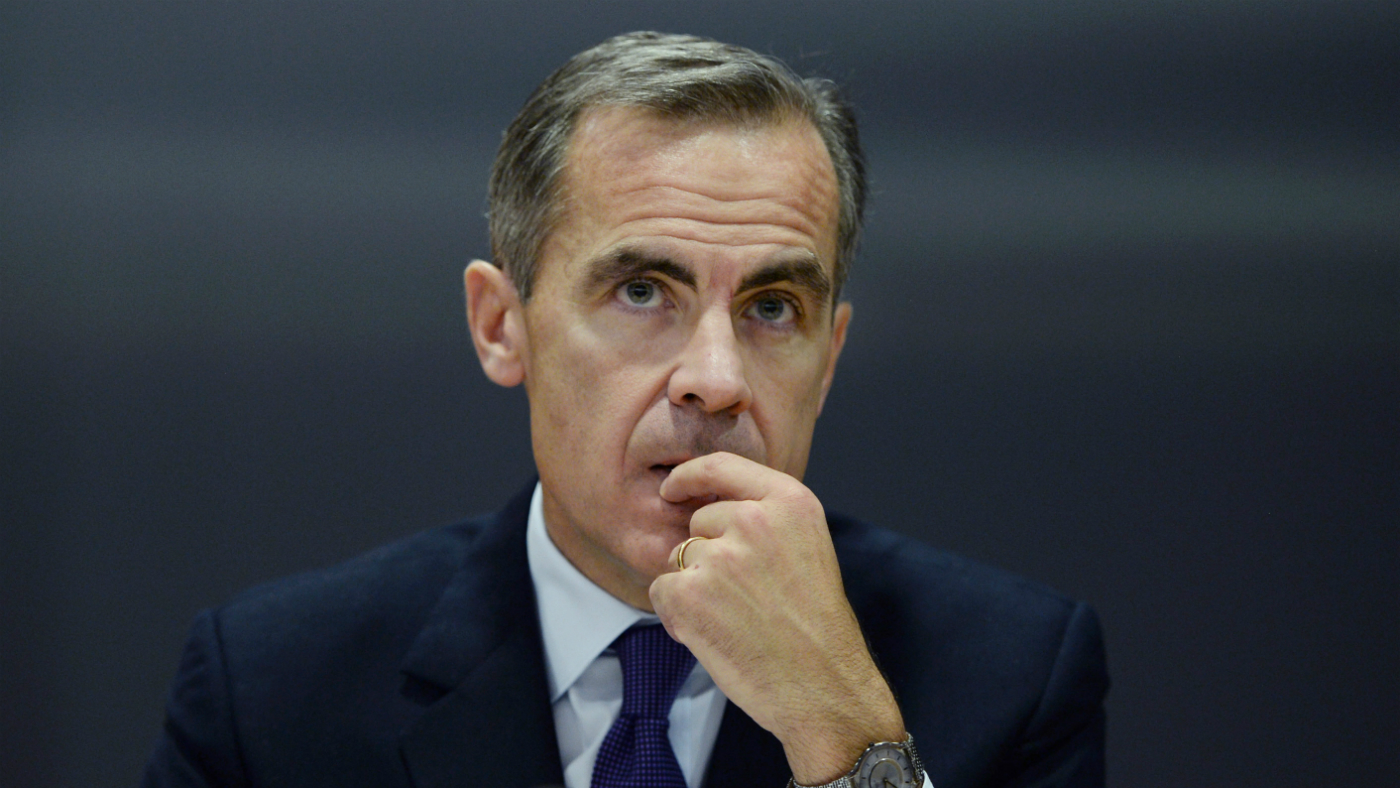
Interest rate rise will come later - but not as late as markets expect
04 February
A rise from record-low interest rates in the UK is some way from happening, the Bank of England confirmed today.
Publishing the outcome of the latest meeting of the rate-setting Monetary Policy Committee, all nine panel members voted unanimously to keep rates at 0.5 per cent. Significantly this means even the committee's resident hawk, Ian McCafferty, reversed his lone six-month call for a rise, a telling symbol of how sentiment has shifted.
The Week
Escape your echo chamber. Get the facts behind the news, plus analysis from multiple perspectives.

Sign up for The Week's Free Newsletters
From our morning news briefing to a weekly Good News Newsletter, get the best of The Week delivered directly to your inbox.
From our morning news briefing to a weekly Good News Newsletter, get the best of The Week delivered directly to your inbox.
Behind the more cautious message – a far cry from governor Mark Carney's hint last year that rates could rise in the early part of 2016 – are growing concerns over the economy. In the inflation report issued alongside today's announcement, the Bank downgraded its forecast for wage growth, economic growth and inflation over the next three years as global storm clouds gather.
In particular, the report points to "second round" interrelated effects between these key metrics, The Guardian notes. Specifically, there are fears that languishing inflation caused by slumping oil prices is hitting wages and making "employers perhaps less generous and workers being less demanding". Sluggish wages undermine the sort of price pressures that would necessitate a rates hike.
This might have been expected to prompt a major selloff of the pound, but it has shown surprising resilience and has ticked up slightly against the dollar in early afternoon. The reason for this is that despite the overall hawkish tone, the Bank of England suggested the ultra-dovish expectations of markets were still under-estimating when rates might move.
The Times says investor bets at the time of the MPC meeting predicted a rate rise in late 2017 and that some are even pricing in a cut before the next increase. But the Bank said it was "more likely than not that… [rates] will need to increase over the forecast period" - and that if they followed the path implied by markets, inflation would overshoot its target in two years.
A free daily email with the biggest news stories of the day – and the best features from TheWeek.com
Sterling is also benefitting from slightly improved economic prospects implied by a purchasing manager's index yesterday that showed improved growth in the services sector. Combined with positive numbers for the construction and manufacturing sectors, the Financial Times suggests this would equate to "above average" growth of 0.6 per cent in the first quarter.
This would be ahead of the rates currently expected by the government and the Bank of England, who are both now seeing overall 2016 expansion of 2.2 per cent.
Interest rates: will Carney hint at another year on hold?
1 February
Interest rates could remain on hold for at least the rest of this year as the headwinds that had been picking up speed in the global economy impact growth at home.
That, at least, what the Daily Mail expects the Bank of England to indicate on Thursday, when it publishes its latest raft of analysis and projections on the UK economy, jobs market and inflation. Of course, the Bank will not actually give a firm suggestion to this effect, but it is expected to issue a dovish release that effectively hints a rate rise is not close.
"Governor Mark Carney is expected to use the central bank's quarterly inflation report on Thursday to warn that the outlook for the UK has deteriorated in the past three months," the Mail's Hugo Duncan writes. "The Bank's official forecasts for economic growth and inflation are likely to be trimmed – seemingly kicking an interest rate rise into the long grass."
Investors were already betting on a rise coming no sooner than this time next year, so expectations will probably move back even later. While revising their own predictions back from spring, many economists reckon this is too dovish and that rates are still likely to move this year as long as a full-blown financial crisis, not currently anticipated, does not materialise.
"The messages from this month's inflation report will probably be pretty mixed," said Ruth Miller, an economist at think tank Capital Economics. "A lower profile for growth and inflation over the next few quarters should cement expectations that an interest rate rise soon is off the agenda. In contrast, a stronger medium-term outlook will suggest that markets are wrong to expect rates to stay on hold until well into 2017."
Mortgage holders will be happy at the news, while savers and others with money invested, such as those drawing down from a private pension, will continue to be hit by awful yields. This is pushing more and more institutional investors into riskier assets to produce a decent return, something that in itself has prompted calls for rates to be normalised.
But that is not going to happen yet. In fact, last week, the Bank of Japan became the latest to drop rates further into negative territory and Phillip Inman writes in The Guardian that another cut in the UK is, in his view, not out of the question in the near future, in line with one of the possibilities floated by Bank of England economist Andy Haldane last year.
In the meantime, the Bank will probably remain in wait-and-see mode – so the actual vote on Thursday is almost certain to be for an 83rd month of no movement.
What are negative interest rates - and how do they work?
29 January
Markets are reverberating in the wake of the shock policy decision by the Bank of Japan overnight to introduce negative interest rates. An extreme policy option, it means the central bank is effectively charging for money held in its coffers.
But how does it work and will it help to boost the economy?
What has the Bank of Japan done?
It has introduced a negative benchmark reference rate for some deposits – the first central bank outside of Europe to do so. It's move is "somewhat weaker than comparable actions" by its European counterparts, notes the Financial Times, as lenders will only face a minus 0.1 per cent rate on assets deposited in excess of current bank reserves of around $2.5trn (£1.75trn).
Who else has negative rates?
Most notably, the European Central Bank introduced negative overnight deposit rates in 2014 that it has since extended to minus 0.3 per cent. Sweden and Denmark both also charge lenders to hoard cash, while the heftiest penalty is incurred by Swiss lenders who face a negative 0.75 rate to deposit funds.
Why have central banks taken these steps?
In short, to try to stimulate their sluggish economies. In particular, bankers are concerned about deflation – prices going down year on year – that can result in consumers and businesses deferring spending and thus weigh on growth.
"Negative rates should encourage [banks] to use their reserves to lend to businesses," says the BBC, rather than just keeping their powder dry, which central bankers hope will mean more money circulating in the economy. The Economist adds that lower rates tend to push money offshore, depreciating the currency and boosting exports.
How do negative rates affect ordinary savers?
They often don't have direct implications as banks don't pass on negative rates for fear they will lose customers. But it would mean that savings account rates will remain pitiful and should further reduce already low mortgage rates. This has implications for banks, whose profits often depend on the rates margins on major lending activities.
What has been the reaction?
Markets have reacted well, as you might expect given the general view that the move amounts to more stimulus for the economy. The Japanese Topix surged 2.9 per cent last night, while European indices are also rallying today and the FTSE-100 was up 0.9 per cent this morning.
Some analysts see the moves as indicative of economic woes, however, and thus as a negative sign. "Negative interest rates are a sign of desperation, a signal that traditional policy options have proved ineffective and new limits need to be explored," says Bloomberg.
Interest rates: When will the Fed raise rates again?
28 January
The Federal Reserve failed to increase interest rates for the second time in two months yesterday – but then it was never going to.
After six years at a record low and having not made an upward move in nearly a decade before December, rate-setters were not at all likely to defy a decidedly gloomier global economic backdrop with a bullish back-to-back hike. Instead, investors were searching for signs on when and how many times this year rates may rise again. They would have found the picture very murky.
Amid a slowdown in key industrial sectors, equity market mayhem and a slowdown in Chinese growth, the Fed is wary of risks to the domestic economy. But it is also keen not to underplay the underlying strength at home that has created six million jobs in two years and that is benefitting from buoyant consumer and corporate spending.
In short, Fed rate-setters were "in a bit of a pickle", UMB Bank chief investment officer KC Mathews told the Denver Post. They resolved this by citing the risks to the economy and ditching statements about the "balance" of these risks, but at th same time maintaining previous guidance.
The Fed had originally projected for four rate hikes this year, totalling a further one per cent rise, with the first coming in March.
Many are of the view that the more dovish tone will carry the day and that the global economic malaise will hit key indicators in the US, delaying further rate rises. "Based on the state of the economy today, we believe the bar has become insurmountable for a follow-up rate hike in March," said Ellen Zentner, chief US economist at Morgan Stanley, according to the New York Times.
CNBC adds that based on Fed fund futures bets, market participants are now predicting just one rates hike this year – and that no sooner than July. They are putting chances of a rise in March at less than 25 per cent.
On the other hand, there are those that point to the ongoing employment market strength as evidence the Fed will stick to its original plan.
"I still think they are going to raise rates in March," Gus Faucher, a senior economist at PNC Bank, told the New York Times. "I don’t want to oversell it, but I think that while what goes on overseas has an impact on the US economy, what’s much more important is what goes on domestically."
Interest rates: record employment - but rates won't move yet
20 January
On the face of it, the recovery in the UK is gathering momentum and laying the ground for a return to more normal monetary policy.
Latest official figures published today reveal unemployment fell slightly to 5.1 per cent in the three months to November, the lowest rate since the same period in 2006, "long before the financial crisis", notes the Financial Times. The employment rate surged to 74 per cent, the highest since records began, with most of the growth coming from "traditional" full-time employee roles.
This comes on the day after inflation was revealed to have risen to an 11-month high. A steep rise in air fares in December relative to the same month in 2014 and a smaller fall in oil prices compared to the previous year pushed prices up 0.2 per cent year-on-year, slightly above expectations and the first time in 2015 the rate had exceeded 0.1 per cent.
Weak inflation is the key case against raising interest rates. A strong labour market and low unemployment are typically associated with building price pressures that should continue to push inflation higher. But there are flies in the ointment.
In the employment data is the fact that wage rises again underwhelmed, continuing a down trend from the three per cent hit in the middle of last year to two per cent and further undermining inflationary pressures. On inflation more directly, there is the fact that price rises are still low – 2015 saw the lowest average rate for 50 years – and that the latest slump in oil will act as a further drag.
Bank of England governor Mark Carney yesterday cited these factors, as well as the weaker state of the global economy, as he seemed to kick the prospect of a UK rate rise into the long grass. "The world is weaker and UK growth has slowed," he said, reported The Guardian.
Things could still turn this year. One forecast this week claimed UK growth will actually accelerate this year and come in ahead of forecast, in particular as a result of increased consumer spending. Ernst & Young's Item Club reckoned the decent rise in real incomes that is being boosted by low inflation will feed through into higher outlay by austerity fatigued shoppers.
What is clear, though, is that rate-setters are prepared to wait and see if this materialises for some time more yet.
-
 Political cartoons for January 4
Political cartoons for January 4Cartoons Sunday's political cartoons include a resolution to learn a new language, and new names in Hades and on battleships
-
 The ultimate films of 2025 by genre
The ultimate films of 2025 by genreThe Week Recommends From comedies to thrillers, documentaries to animations, 2025 featured some unforgettable film moments
-
 Political cartoons for January 3
Political cartoons for January 3Cartoons Saturday's political cartoons include citizen journalists, self-reflective AI, and Donald Trump's transparency
-
 Who will be the next Fed chair?
Who will be the next Fed chair?Today's Big Question Kevin Hassett appears to be Trump’s pick
-
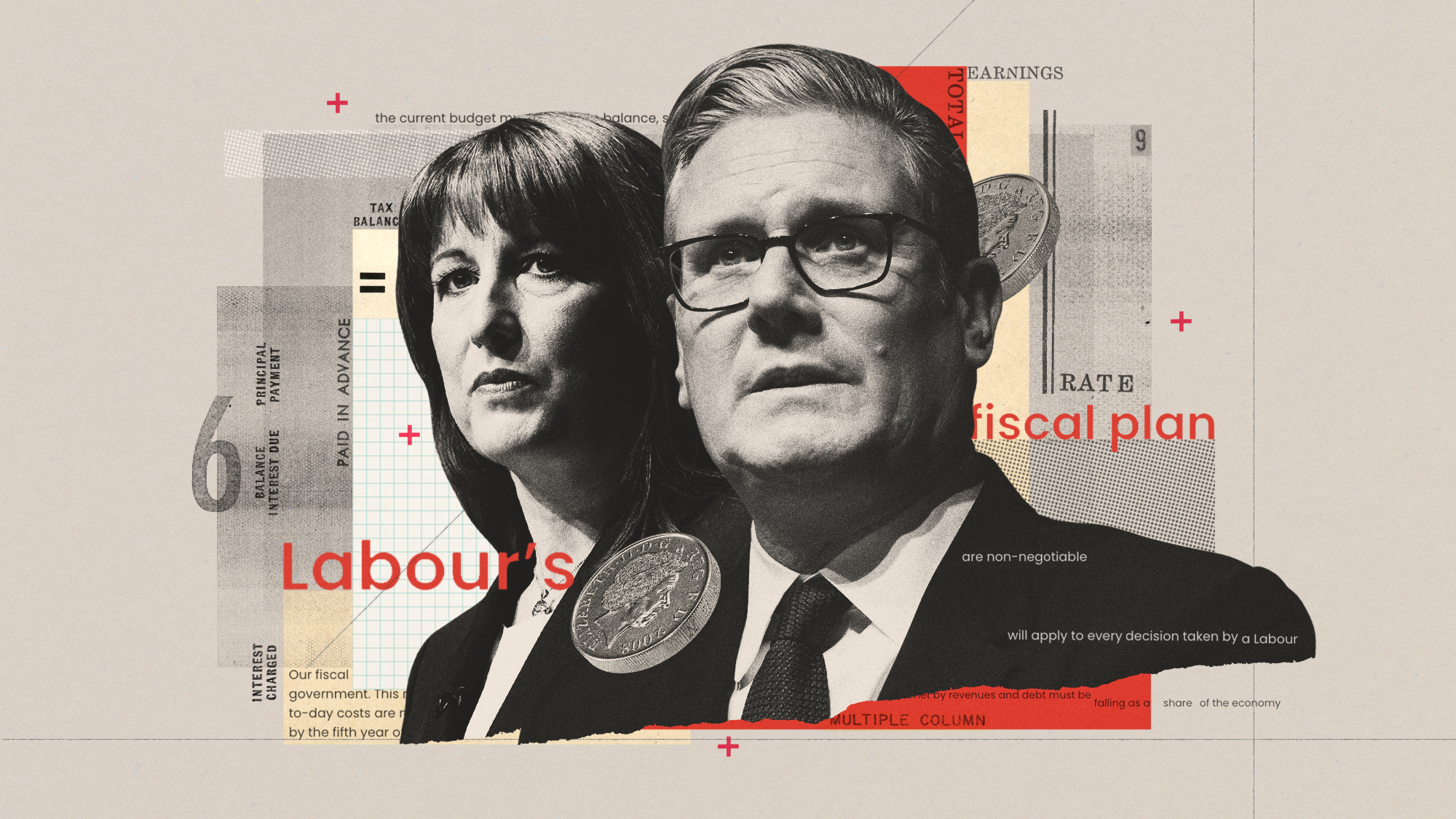 Should Labour break manifesto pledge and raise taxes?
Should Labour break manifesto pledge and raise taxes?Today's Big Question There are ‘powerful’ fiscal arguments for an income tax rise but it could mean ‘game over’ for the government
-
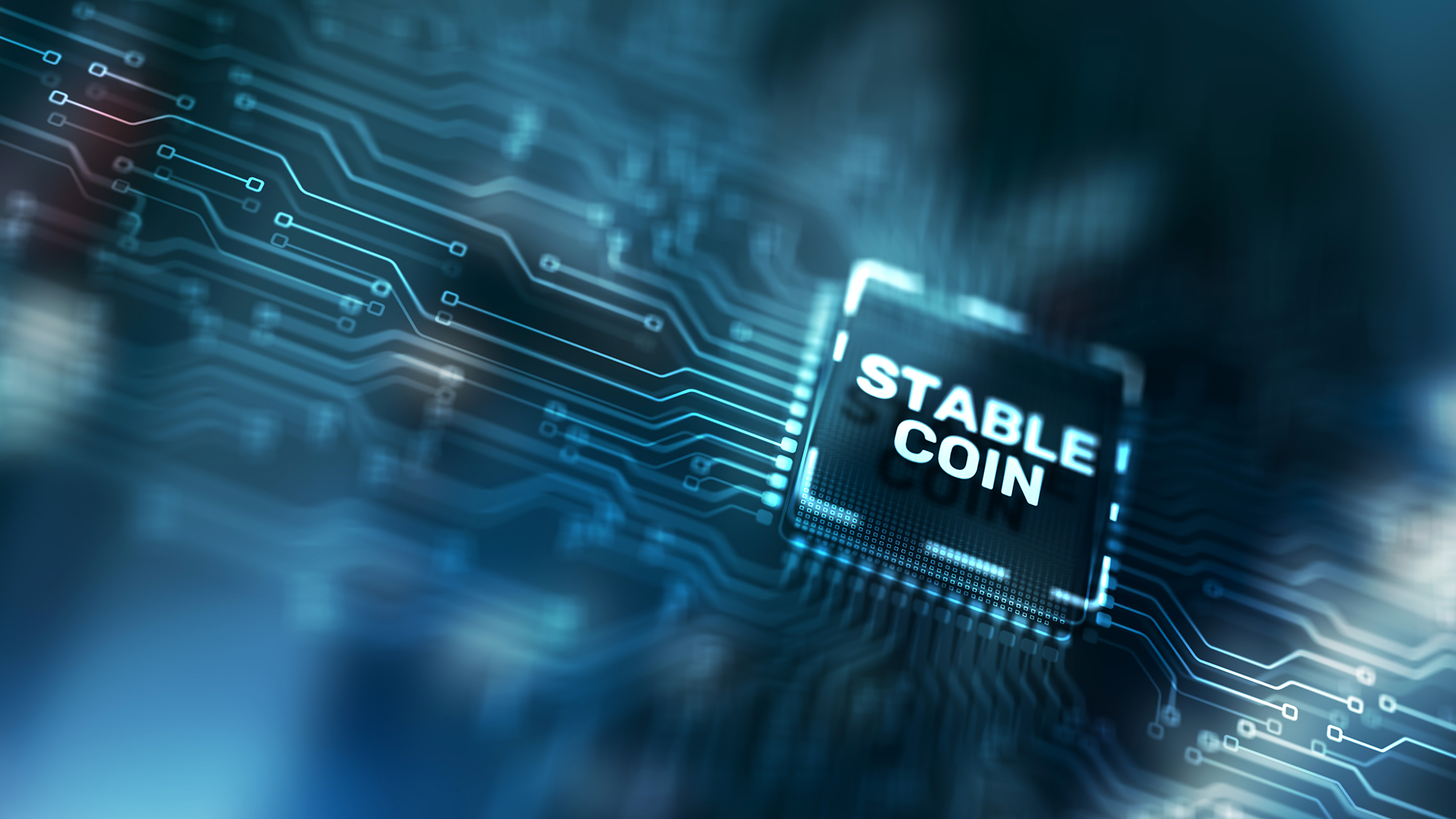 What are stablecoins, and why is the government so interested in them?
What are stablecoins, and why is the government so interested in them?The Explainer With the government backing calls for the regulation of certain cryptocurrencies, are stablecoins the future?
-
 Fed cuts interest rates a quarter point
Fed cuts interest rates a quarter pointSpeed Read ‘The cut suggests a broader shift toward concern about cracks forming in the job market’
-
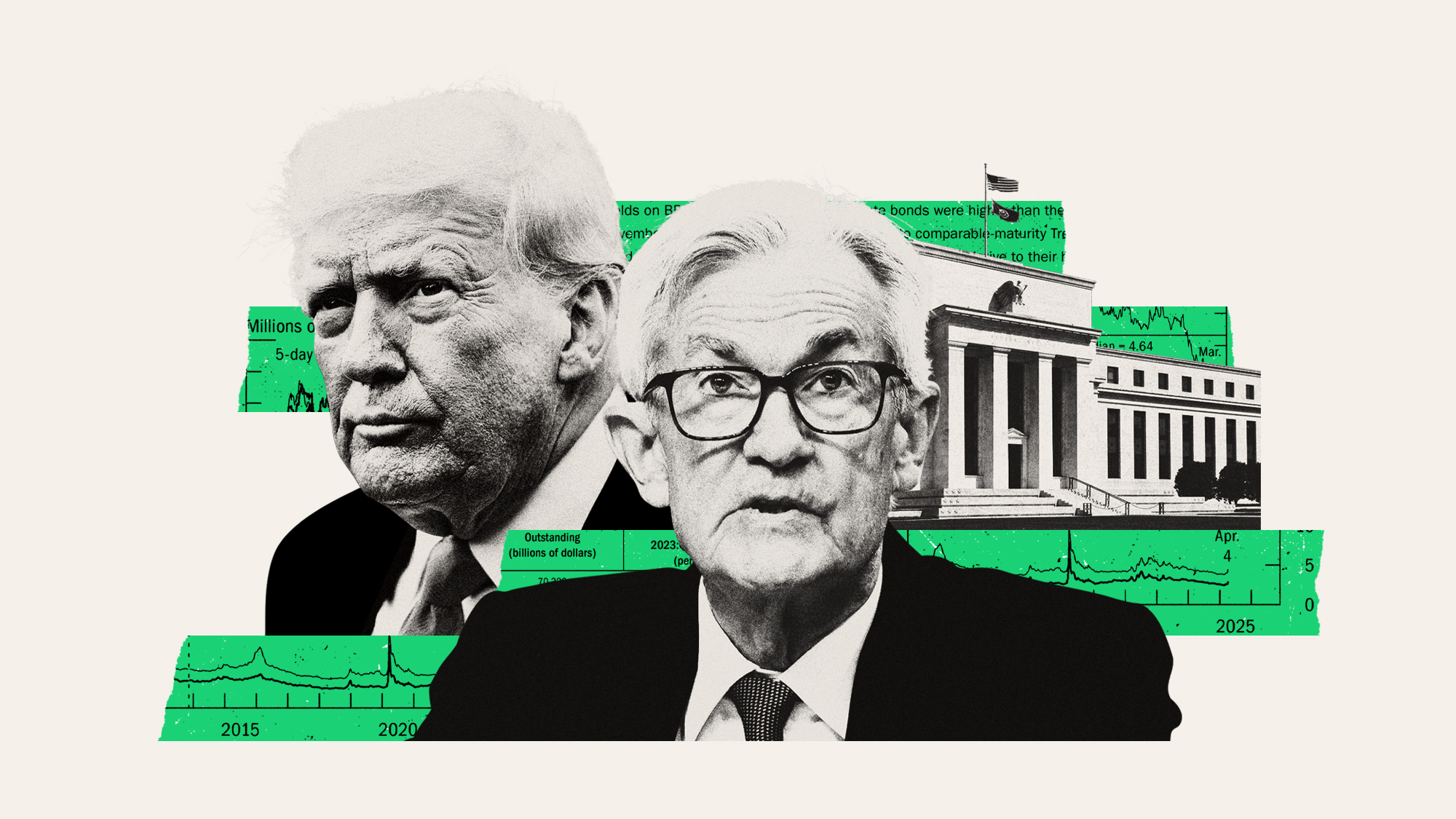 Trump's threats to fire Jerome Powell are unsettling the markets
Trump's threats to fire Jerome Powell are unsettling the marketsTalking Points Expect a 'period of volatility' if he follows through
-
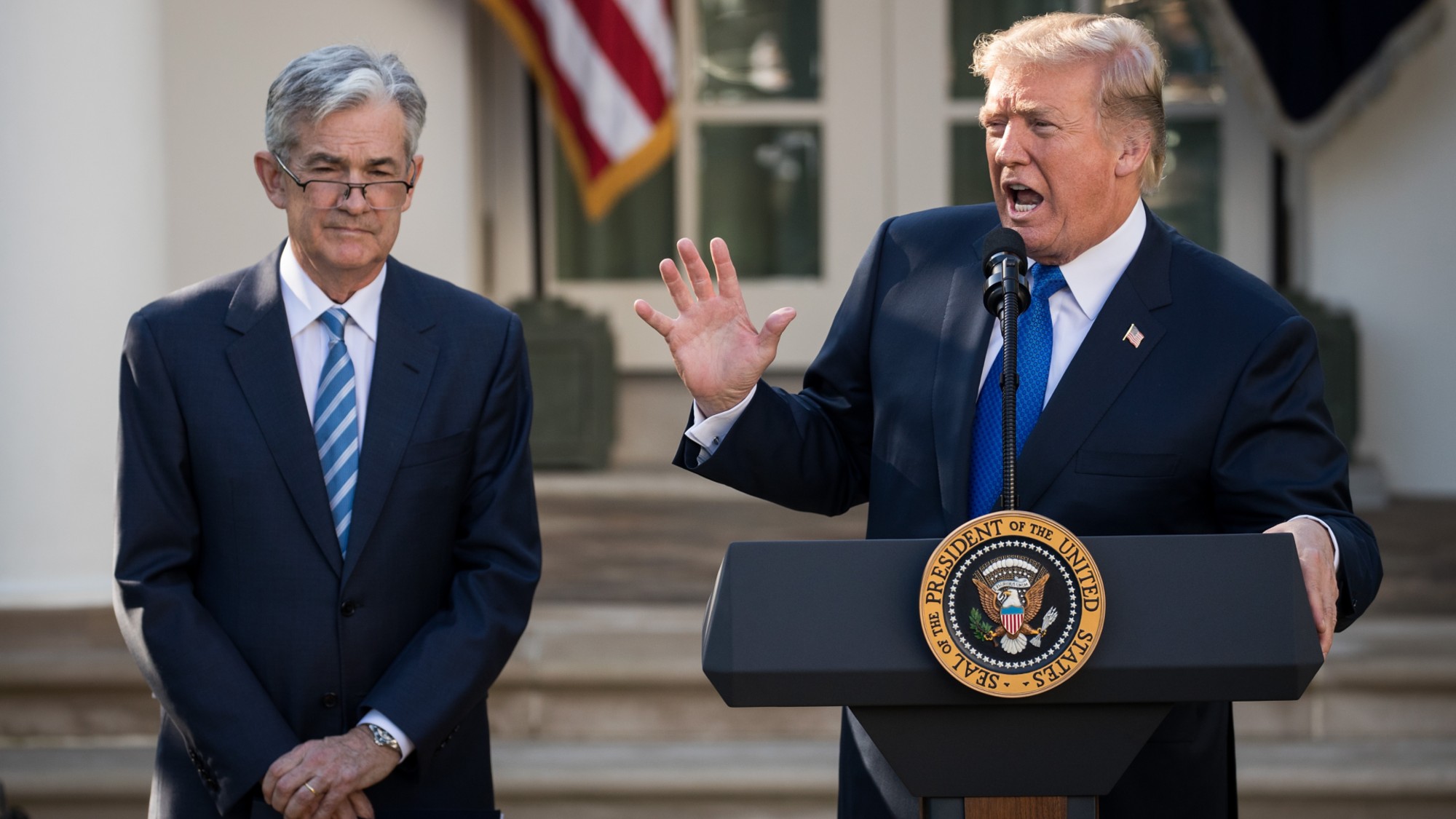 How will Wall Street react to the Trump-Powell showdown?
How will Wall Street react to the Trump-Powell showdown?Today's Big Question 'Market turmoil' seems likely
-
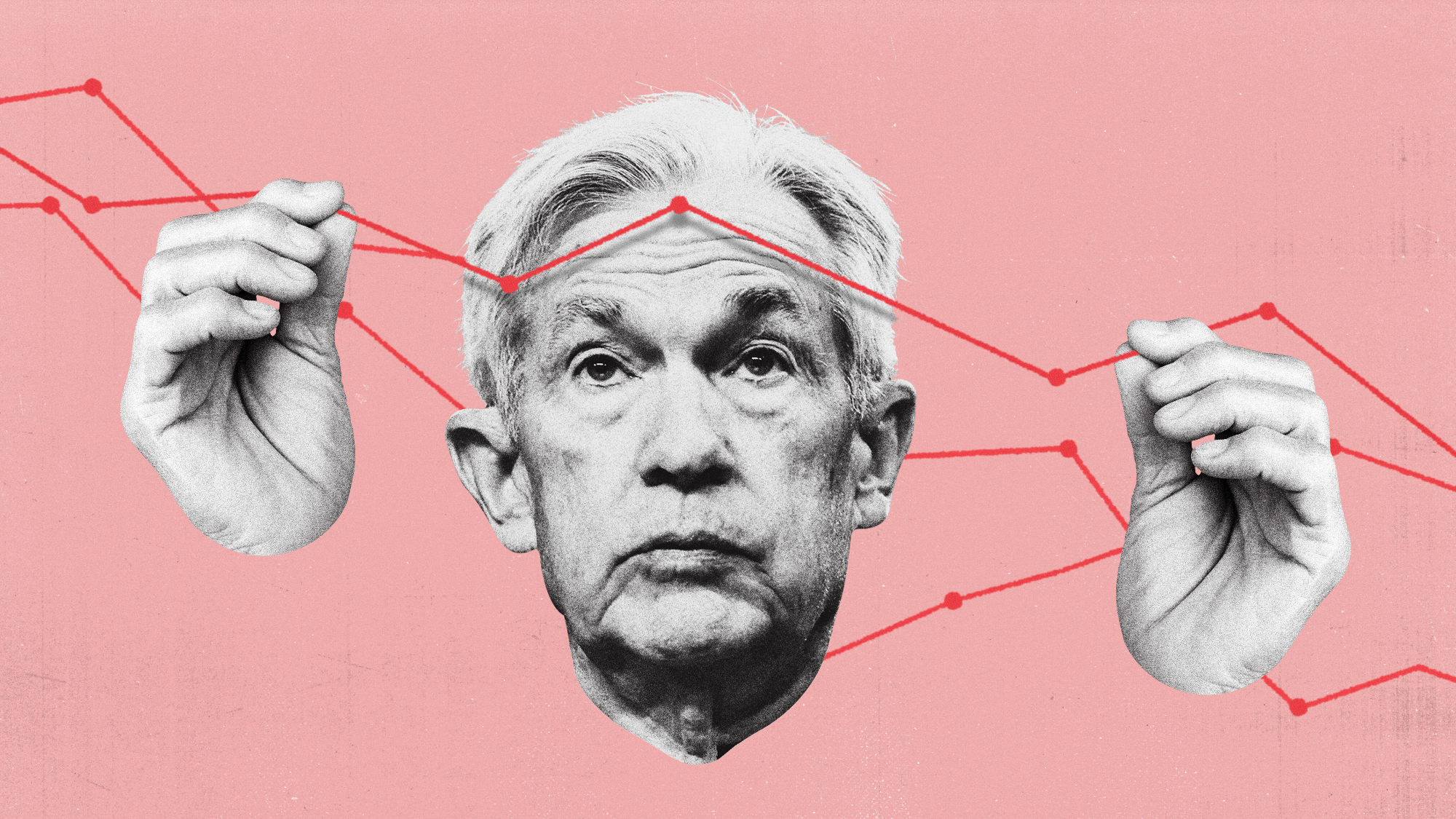 How will the Fed manage Trump's economy?
How will the Fed manage Trump's economy?Today's Big Question Jerome Powell is 'in a bind'
-
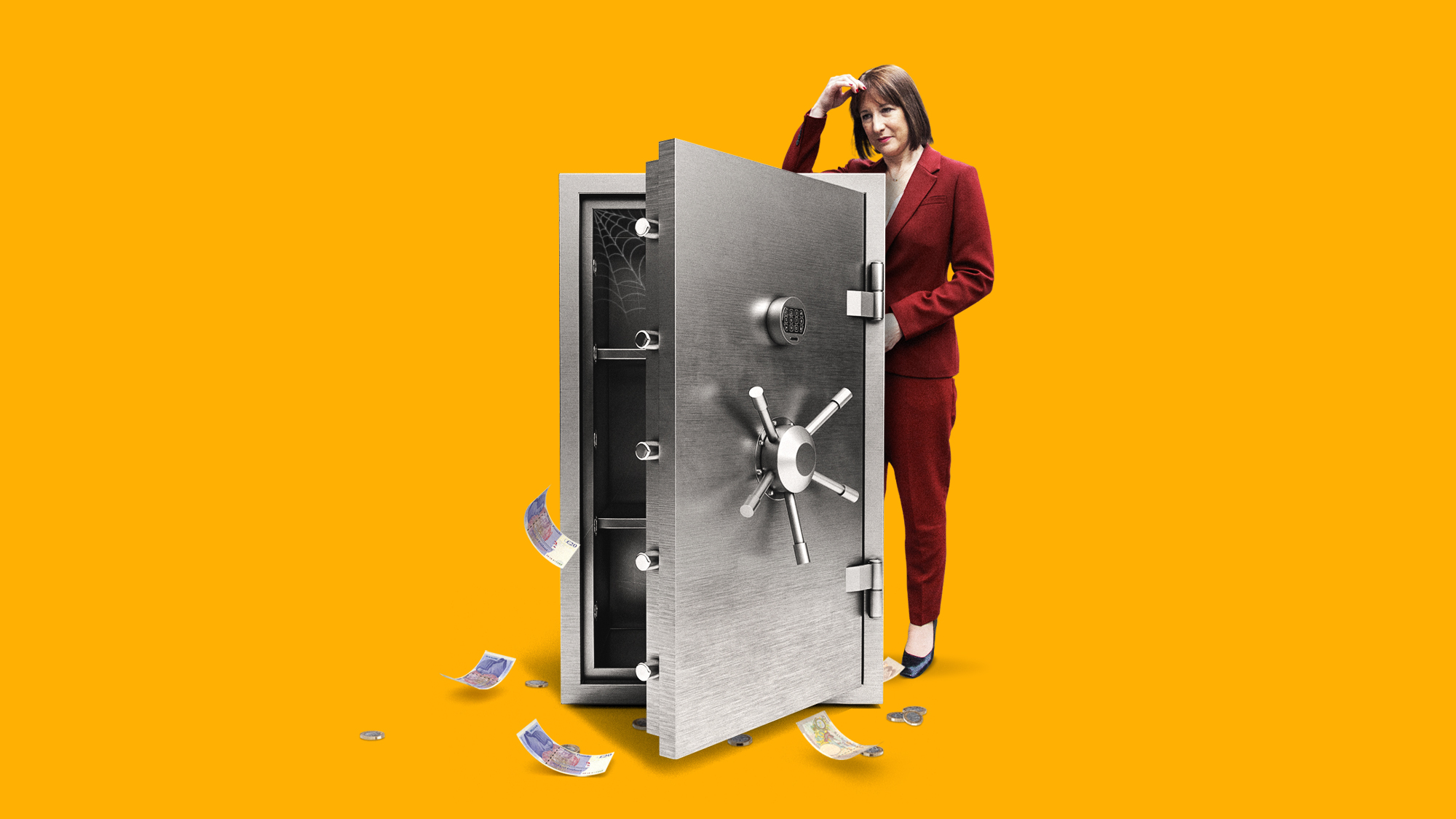 Will Rachel Reeves have to raise taxes again?
Will Rachel Reeves have to raise taxes again?Today's Big Question Rising gilt yields and higher debt interest sound warning that Chancellor may miss her Budget borrowing targets